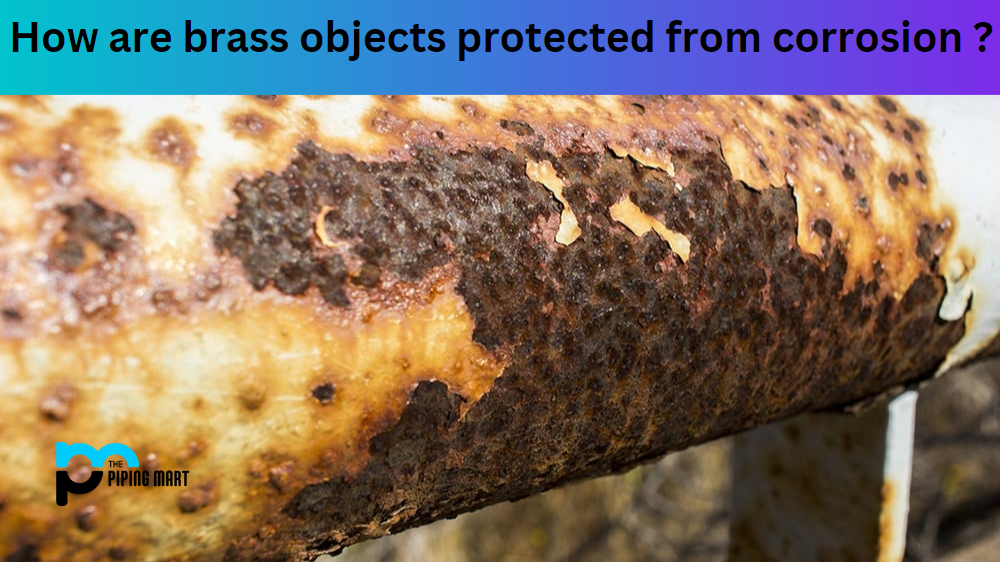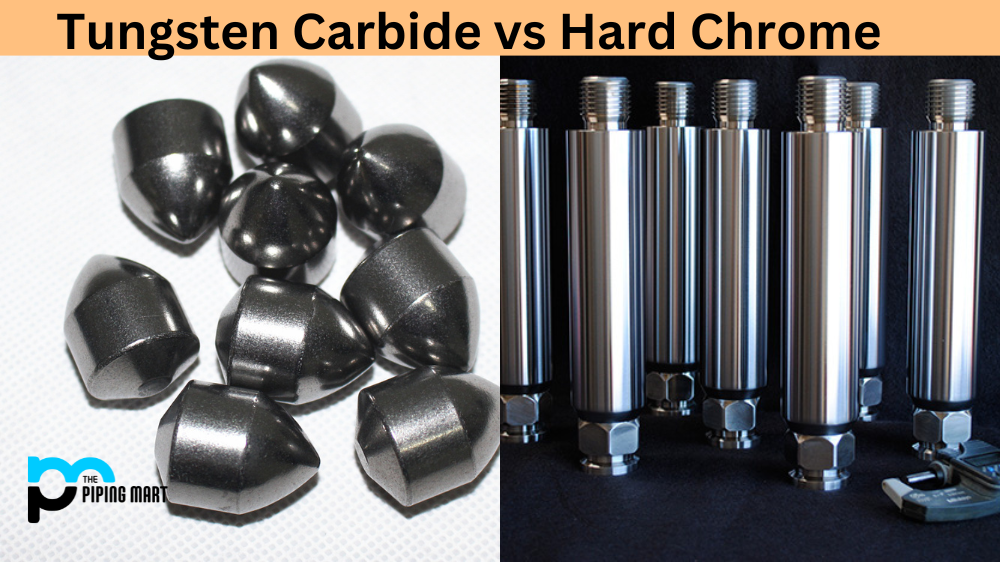Metal casting and metal forging are two manufacturing processes that are both used to shape metal into various forms for different uses. Although they are similar in many ways, there are some distinct differences between the two processes. Let’s take a closer look at metal casting and metal forging to better understand their similarities and differences.
What Is Metal Casting?
Metal casting is a process that involves pouring molten metal into a mould or die of a desired shape. This mould can be made from sand, plaster, ceramic, or other materials with a cavity in the shape of the desired form. Once the molten metal is poured into the mould, it cools until it hardens into its solid form. The final product is then removed from the mould and further processed if necessary before use.
One of the benefits of this method is that complex shapes can be formed with relative ease compared to other methods like machining or welding. This makes it ideal for creating intricate designs such as sculptures or medical implants. It also allows for mass production since multiple moulds can be filled quickly with large amounts of molten metal. However, this method does not produce parts that are as strong as those created by forging.
What Is Metal Forging?
Metal forging is a process where heated metals are shaped using pressure to create parts with high levels of strength and durability. During this process, metals are heated until they become malleable and then worked using hammers or presses until they reach their desired shape. Unlike casting, forging does not require moulds or dies; instead, metals can be worked directly using hand tools or machines to create precise shapes that cannot be achieved through casting alone.
Forging produces parts with higher strength than those produced by casting due to metallurgical changes during the heating process, which increases grain size and densifies material structure; however, it requires more time compared to casting since each piece needs to be individually crafted from raw material rather than poured into pre-made moulds like in casting. Additionally, some pieces may require additional post-forging processing, such as machining for increased precision depending on their intended use case.
Difference Between Metal Casting and Metal Forging
- Metal casting is a process in which molten metal is poured into a mould and allowed to cool, resulting in a solidified shape.
- Metal forging is a process in which metal is heated and then hammered or otherwise worked into the desired shape.
- Metal casting can be used to create complex shapes that would be difficult or impossible to create through metal forging.
- Metal forging typically results in a stronger and more durable final product than metal casting.
- Metal casting is generally more expensive than metal forging, as it requires more specialized equipment and materials.
Conclusion:
Both metal casting and forging offer unique advantages for various applications depending on what type of product you need to create or what materials you need to work with. While casting has its advantages when producing complex shapes quickly in mass quantities due to its low cost per part and ability to easily create custom moulds, Forging offers superior strength characteristics due to metallurgical changes during heating, which makes it ideal for components that need increased durability such as aerospace components or automotive parts requiring higher stress levels than castings can provide without extra post-production modifications like machining operations being done on them after they’re forged into their intended forms. In conclusion, both methods have their pros and cons, but ultimately it depends on your application requirement which one you should choose between them accordingly!




